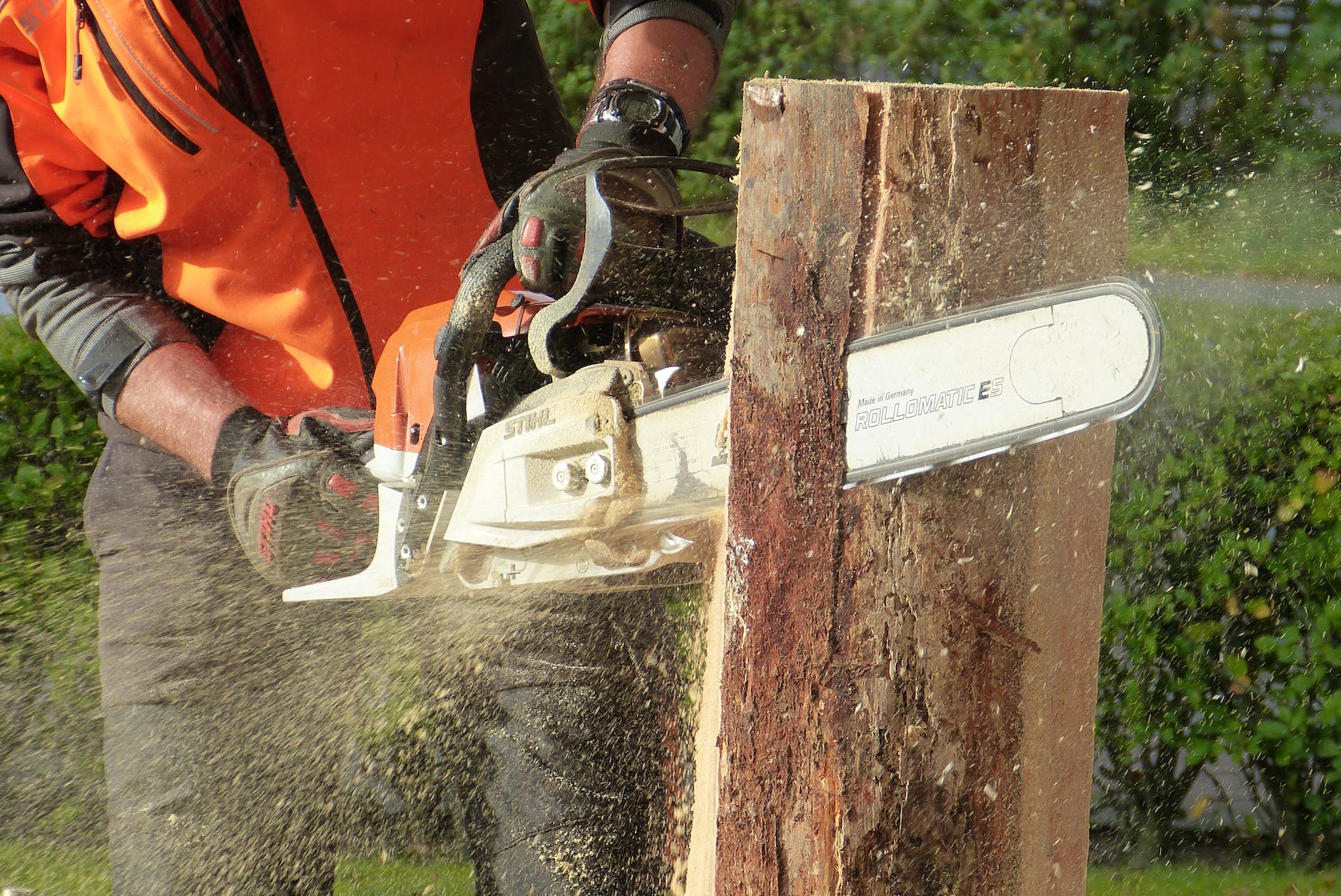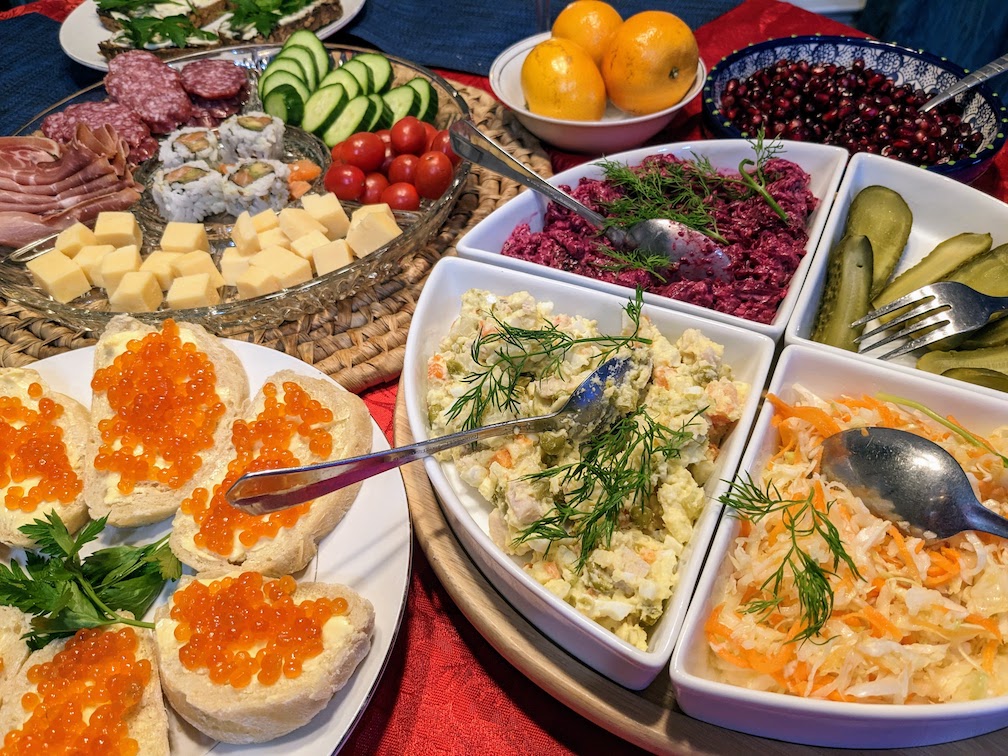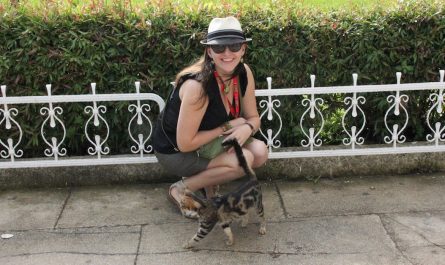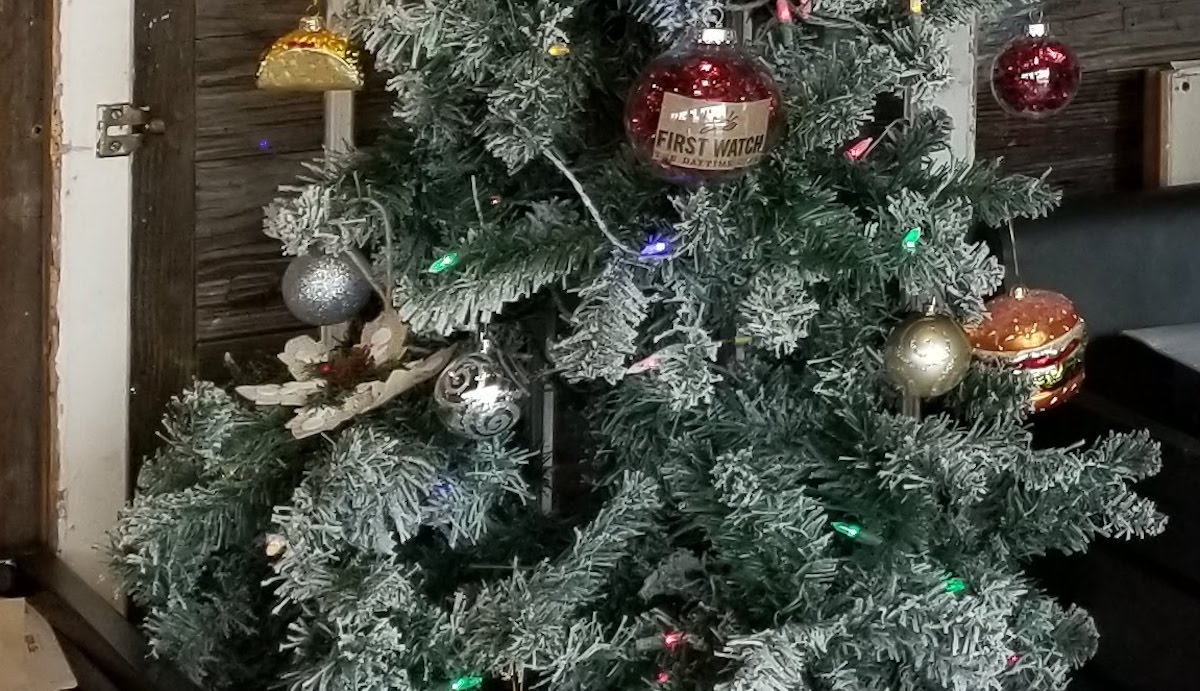Hello, fellow financial freedom lovers! As we settle into 2023, I’m excited to share our complete 2022 spending report, with a special focus on how inflation has impacted our early retirement budget. This year was particularly interesting as we welcomed our beautiful daughter Lina while navigating rising costs across nearly every spending category.
2022 at a Glance: The Big Picture
Our total spending for 2022 came to $60,703—slightly higher than our early retirement target, but with good reason. This year included several one-time expenses, particularly related to Lina’s birth and some home maintenance needs. Let’s dive into where our money went and what we learned along the way.
| 2022 Spending Category | Amount | % of Total |
|---|---|---|
| Home | $16,726.83 | 27.6% |
| Food & Dining | $14,817.98 | 24.4% |
| Health & Fitness | $12,632.39 | 20.8% |
| Bills & Utilities | $3,807.37 | 6.3% |
| Shopping | $3,370.36 | 5.6% |
| Travel | $3,290.87 | 5.4% |
| Other Categories | $6,057.49 | 10.0% |
| Total | $60,703.29 | 100% |
Home Expenses: Our Biggest Category
Home-related expenses consumed the largest portion of our budget at $16,726.83, representing about 27.6% of our total spending. The most surprising element? Our property taxes jumped significantly, from $2,922 in 2020 to $4,789 in 2022—a 63% increase in just two years!

Our mortgage interest at 2.99% on a $125,000 loan added another $3,614 to our annual expenses. Fortunately, our rental property income covers this cost, making it easier to manage. We also faced some unexpected expenses, including $1,000 for emergency roof tarping after Hurricane Ian.
Food & Dining: Fighting Inflation
Our second-largest expense category was food and dining at $14,817.98. Like many families, we’ve watched food prices climb steadily throughout the year. Here’s how our spending broke down:
- Groceries: $10,538.59
- Restaurants: $3,566.66
- Alcohol & Bars: $712.73
| Year | Groceries | Restaurants | Total Food Costs | YoY Change |
|---|---|---|---|---|
| 2019 | $8,990.71 | $2,628.39 | $11,619.10 | N/A |
| 2020 | $11,010.41 | $2,713.46 | $13,723.87 | +18.1% |
| 2021 | $9,743.24 | $4,637.25 | $14,380.49 | +4.7% |
| 2022 | $10,538.59 | $3,566.66 | $14,817.98 | +3.0% |
We’ve maintained our commitment to quality food—organic, grass-fed, and wild-caught options remain priorities for us. However, we’ve had to adapt our shopping strategies. For example, pasture-raised eggs that once cost $4 per dozen now run $7-8, prompting us to be more strategic about sales and bulk purchases.
The Birth of Lina: A Major Health Investment
Our health and fitness category saw significant spending this year at $12,632.39, largely due to Lina’s birth. We initially planned for a home birth with Lifesong Midwifery Care ($6,000), though circumstances led us to deliver at Sarasota Memorial Hospital in Venice. The experience taught us valuable lessons about healthcare planning and the importance of remaining flexible with birth plans.
Adapting to Florida Living
Our move to Florida continues to influence our spending patterns. While some costs are higher (like groceries and property taxes), others offer savings opportunities. We’re within 45 minutes of multiple vacation destinations, allowing us to enjoy “staycations” that others travel far to experience.
Essential vs. Discretionary: Breaking It Down
After analyzing our spending, we discovered that 35% ($21,507) was discretionary. Our essential expenses totaled $39,196, and after removing one-time pregnancy-related costs of $9,247, our baseline essential spending comes to $29,949.
This analysis reveals something powerful: in a worst-case scenario, we could reduce our spending by half while maintaining our basic quality of life. However, the goal of financial independence isn’t to live on the bare minimum—it’s about having choices and living abundantly while being mindful of our resources.

Looking Ahead to 2023
As we move into 2023, we’re focusing on several financial goals:
- Maintaining our food quality while optimizing our grocery budget
- Planning for potential home improvements (including that new roof before hurricane season)
- Possibly upgrading our trusty 2007 Toyota Camry for family road trips
- Building our chicken coop to combat those rising egg prices!
Final Thoughts
Our FIRE Journey Continues
Since leaving our corporate jobs, no year of spending has looked quite the same. From our transition year in Pennsylvania to our relocation to Florida, from welcoming Yuna to now embracing life with Lina, each year brings its own unique financial story. And honestly? We wouldn’t change a single thing about our journey to save more money.

Looking back at 2022, I have to chuckle at some of our adventures in frugality. Like that time I tried to convince Tatiana that organic cotton clothing wasn’t in our original FIRE calculations, only to have her explain (rather convincingly, I might add) why pesticide-free fabric matters when you live in Florida’s heat. Or our ongoing saga with the freezer full of Irish butter from BJ’s–because apparently, we’re now the kind of people who stock up on premium butter like we’re preparing for a shortage!
You might wonder about our spending choices. After all, $60,703 is more than we initially planned for early retirement. But here’s what we’ve learned: FIRE isn’t about living the most frugal life possible—it’s about having the freedom to choose. Choose where we spend our time, choose what we value, and yes, even choose to splurge on organic cotton and grass-fed butter.
The freedom we’ve gained from owning our time is truly priceless. This year, it meant being able to take Yuna to visit her Abuelo in the Dominican Republic (even if she did miss her mom during our resort stay!). It meant having the flexibility to switch from our planned home birth to a hospital delivery without stressing about work schedules. It meant being able to spend those precious early months with Lina, watching her grow chubbier by the minute while we gradually got more sleep—though I’m sure other parents will chuckle at the “more sleep” part!
Looking ahead, you might be wondering:
- How do we manage to spend this much while withdrawing less from our portfolio?
- Is our lifestyle sustainable in the long term?
- How do we handle our cash flow?
These are great questions, and they deserve their own detailed posts (stay tuned!). What I can tell you is that our journey has taught us that financial independence isn’t about hitting a magic number—it’s about creating a life that aligns with your values while maintaining the flexibility to adapt when circumstances change.
Speaking of changes… Tatiana, are you ready for more “fun”? Who knows what 2023 might bring! Although maybe let’s wait until we’re consistently getting more than three hours of sleep before we discuss expanding the family further. 😉
The beauty of this lifestyle is that we can take each day as it comes, whether that means fixing hurricane damage, planning our future chicken coop, or simply enjoying a quiet morning watching our girls play together. Yes, inflation is affecting us just like everyone else, but we’ve built enough flexibility into our plan to weather these challenges while still maintaining our quality of life.
Remember when I used to stress about every penny in our corporate jobs? Now we track our expenses not out of anxiety but out of curiosity and commitment to our long-term success. It’s a different mindset entirely–one that focuses on abundance rather than scarcity.
Until next time, financial freedom lovers!





